Scotland’s first asparagus of the season is shooting up, and at Easter Denhead Farm near Coupar Angus, the vibrant green spears are already being harvested, packed, and delivered to restaurants and farm shops.
Easter Denhead is one of the earliest asparagus producers in Scotland, kicking off their season this year in mid-March thanks to polytunnels that protect the crop and stretch the growing window by a full month.
Visiting the farm this spring was a real treat – especially for someone who loves asparagus as much as I do.
I already knew to look out for the Scottish season, and I avoid imports out of principle and preference.
A tasty farm tour
But I learned so much more about how asparagus is grown, harvested, and handled – and why the freshest spears taste wildly better than anything you’ll find shrink-wrapped in the supermarket.
The Neill family have farmed here for generations, originally focusing on soft fruit. But by 2016, with imported berries dominating the market and pressure from supermarket pricing making things tough, they decided to try something new.
“When we first started exploring asparagus, we realised that so much is imported,” says James Neill, who runs the farm with his brothers John and Callum and their parents, Douglas and Karen.
“Apart from the food miles, the sweetness and succulence of Scottish asparagus comes from it being so fresh. As soon as it has to travel, it loses that.”
Taste the difference – for real
That sweetness was clear from the moment I stepped into the tunnels, where the day’s harvesting was underway.
The team – including a group of Kenyan agricultural students – offered me a raw spear to taste. Crunchy, sweet, and grassy in the best way, it reminded me of fresh peas straight from the pod.
I’d never tasted asparagus like that before – and I didn’t even need to cook it.
The key to that flavour, I learned, is in how quickly it’s handled. Once asparagus is cut, its sugar content starts to drop.
Why is Easter Denhead’s asparagus so good?
At Easter Denhead, they move quickly to get the spears chilled and packed, within hours of harvest, and delivered to shops and chefs within 24 hours.
They wash the asparagus using only fresh borehole water – unlike other producers who may use chlorinated water to preserve appearance, at the cost of flavour.
While supermarkets demand a shelf life, freshness is fleeting. As James puts it, “If your asparagus lasts for weeks in the fridge, something’s wrong.”
To really enjoy this seasonal delicacy at its best, it should be eaten within a few days of cutting.
Where can you buy it?
That’s why the family enjoy selling directly to the public through their growing network of stockists and restaurants. Their own Denhead honesty box shop, open daily just outside Coupar Angus, stocks their premium asparagus alongside other local produce.
You can also find it at places like Gloagburn and Loch Leven’s Larder, or on menus at top restaurants across the country.
Of course, not every spear grows in a perfect line. Many twist or bend slightly, especially if they’re accidentally nicked during harvesting or grow at odd angles in the soil. These “wonky” spears are just as flavoursome, but are rejected by supermarkets.
Fortunately, more chefs and food lovers are embracing veg with character. Celebrity chef Dean Banks features Easter Denhead’s wonky asparagus proudly on his menus, celebrating flavour over form.
Local chefs love Perthshire asparagus
Local restaurants like Bridgeview Station in Dundee, Gleneagles Hotel, and the two Michelin-starred Restaurant Andrew Fairlie are just some of the high-end kitchens that source asparagus directly from Denhead, proving that great taste doesn’t have to look perfect.
Asparagus may be quick to cook, but it’s not a fast crop to grow. It takes three years from planting before the crowns – the name for the asparagus root system – are ready to produce spears.
Those crowns are planted into trenches, where they send roots down two metres deep. From there, they throw up spears throughout the season.
The plants can grow up to 10 centimetres in a single day and are cut by hand when they reach their ideal height – usually about 22cm.
Fascinating life cycle of asparagus
Easter Denhead grows three different varieties, not for taste differences but to stagger the harvest. That way, they can supply fresh asparagus steadily from March through to July.
When the spears start looking tired – smaller, thinner, or less vigorous – harvesting is stopped. The plant then sends up tall, fern-like fronds, which fill the tunnels with a lush jungle of green. These ferns feed the crown and help it store energy for the next year.
Asparagus is incredibly weather-dependent. Cold snaps slow it down; sunshine gets it moving again. That’s why supermarket demands for consistency are tough on growers – nature doesn’t always cooperate.
Still, the Neills do what they can to deliver a premium product without compromising on freshness or flavour.
How to check your asparagus is fresh
Want to know how to check your asparagus is fresh? Here’s a simple tip: gently scrape the bottom of a spear with a knife. If it’s moist just under the surface, it’s fresh. If it’s dry and woody, it’s past its best.
And once you’ve brought your bunch home, treat it like a bouquet – stand it upright in a glass or jug of water and keep it in the fridge door. You can trim the bottom slightly or just scrape it so it can draw up water.
It’ll stay fresher longer and retain that incredible flavour.
Taste test
At the end of our visit, we returned to the farm shop for a taste test – deep-fried asparagus in a light batter with beer and sparkling water, plus simply boiled and sautéed spears with butter and seasoning.
The flavour was unreal: crunchy, green, and full of spring. Personally, I’ll never look at supermarket asparagus the same way again.
Whether dipped in tangy hollandaise, sautéed in butter, or raw in a salad, Easter Denhead’s asparagus is the real deal – seasonal, local, and absolutely packed with flavour.
This spring, I’d urge everyone to hunt some down, snap off a spear, and taste the difference for yourself.
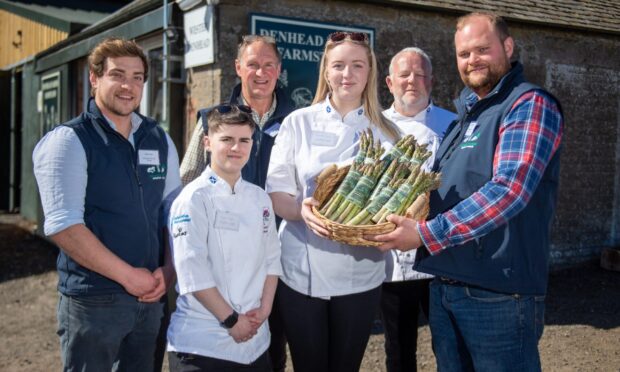

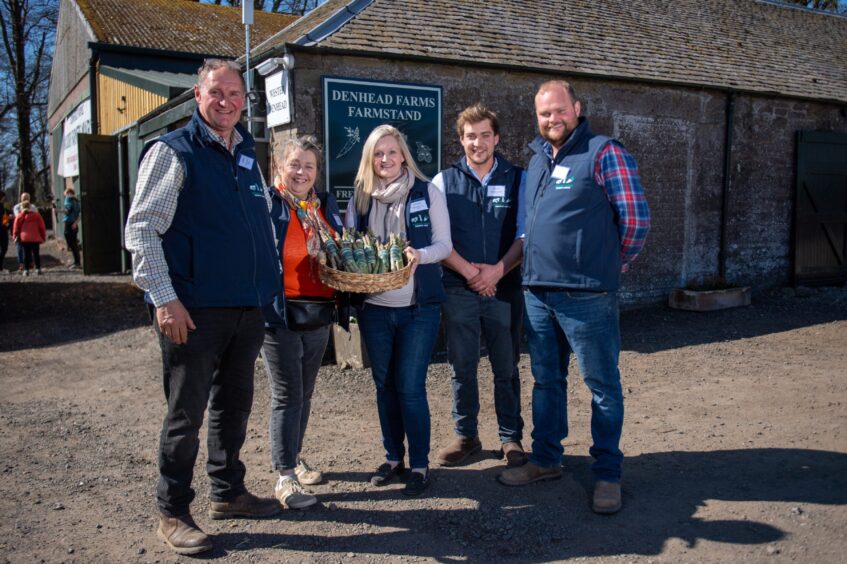
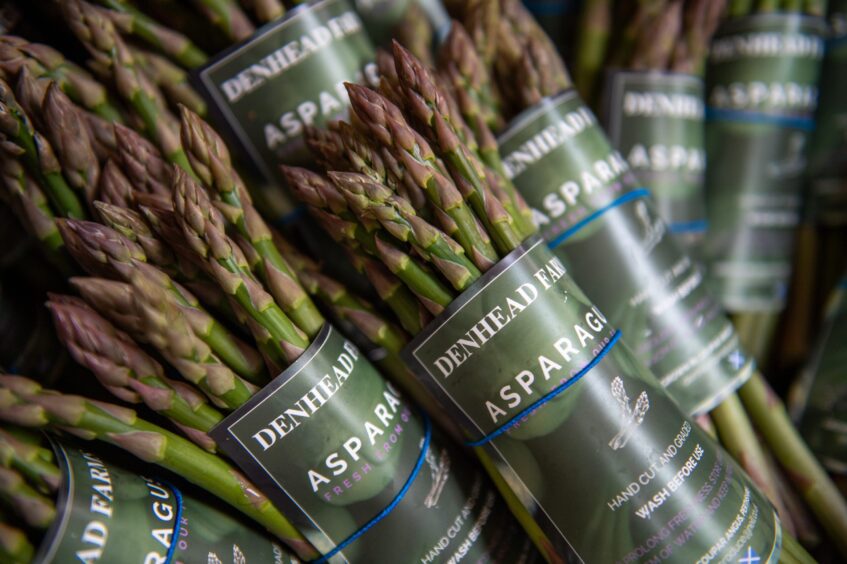
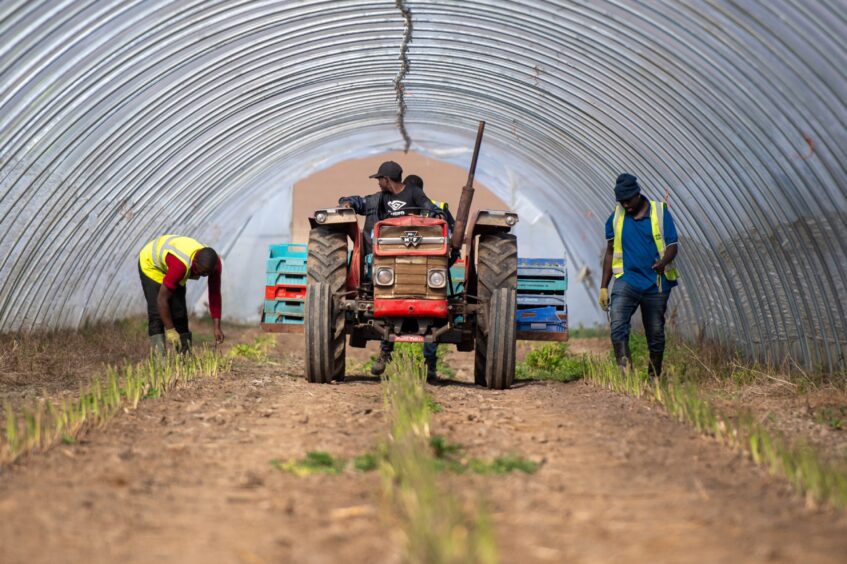
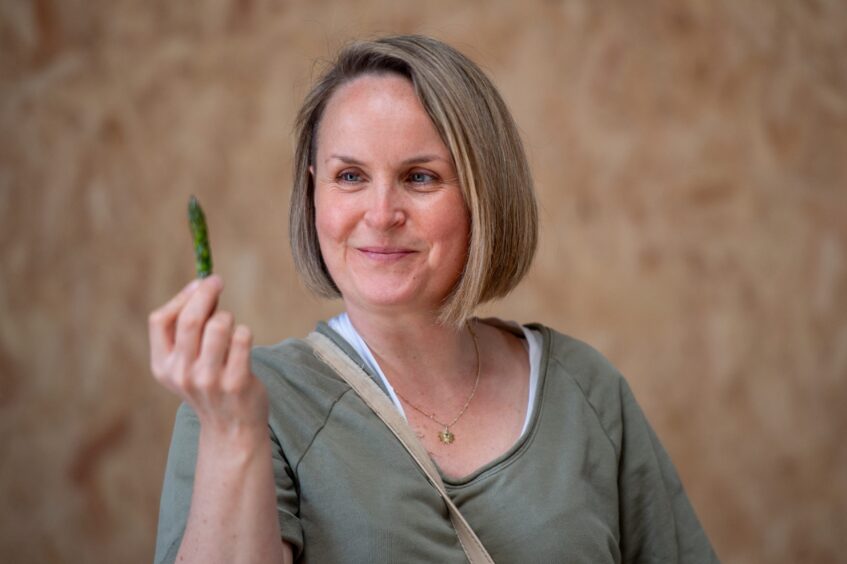
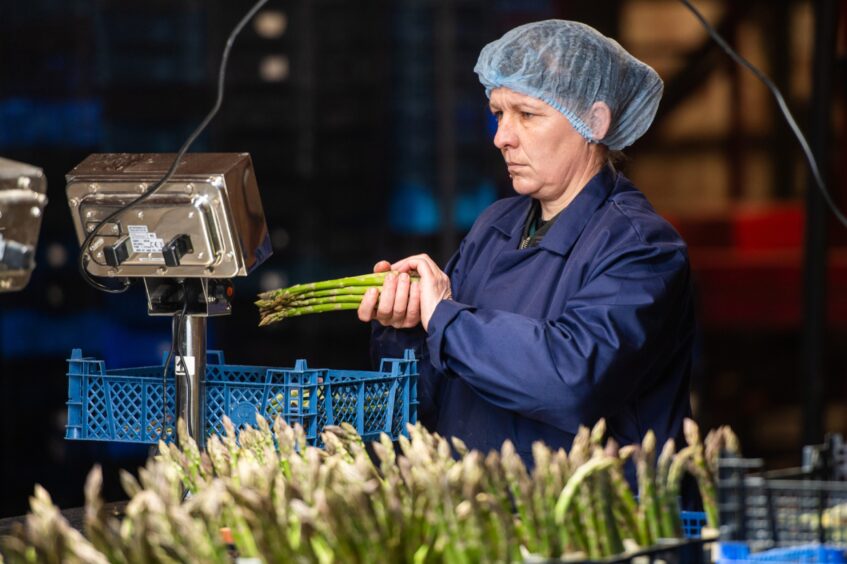
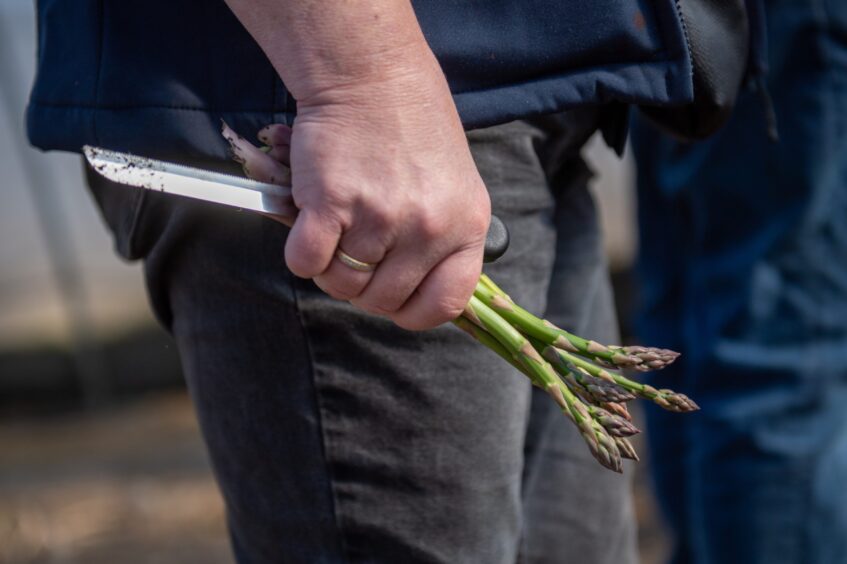
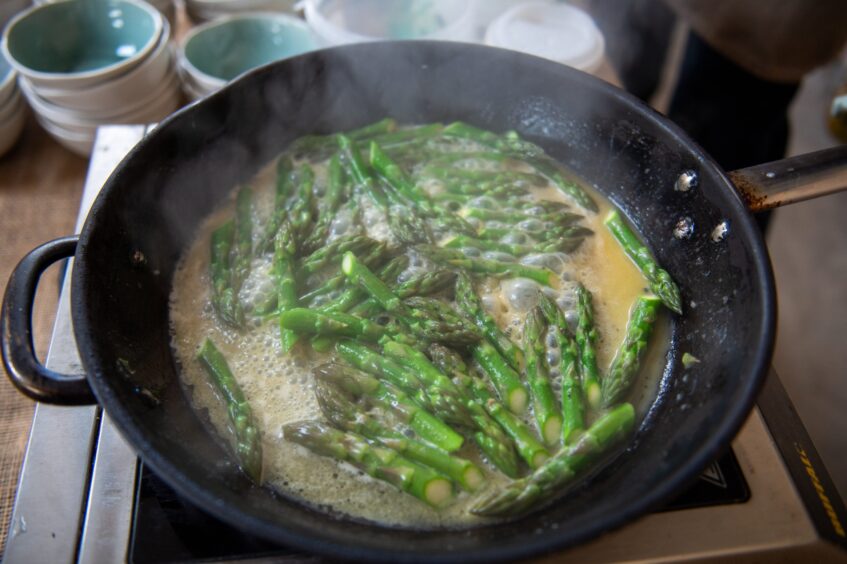
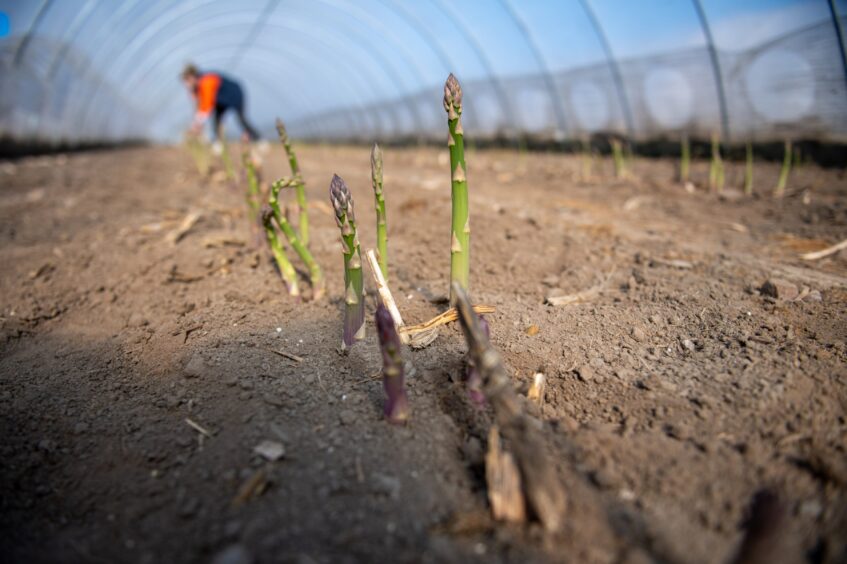
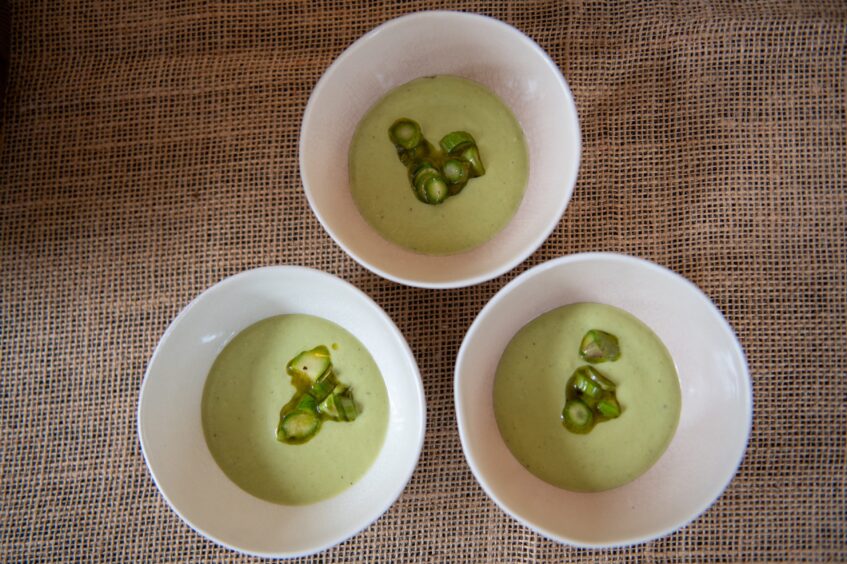

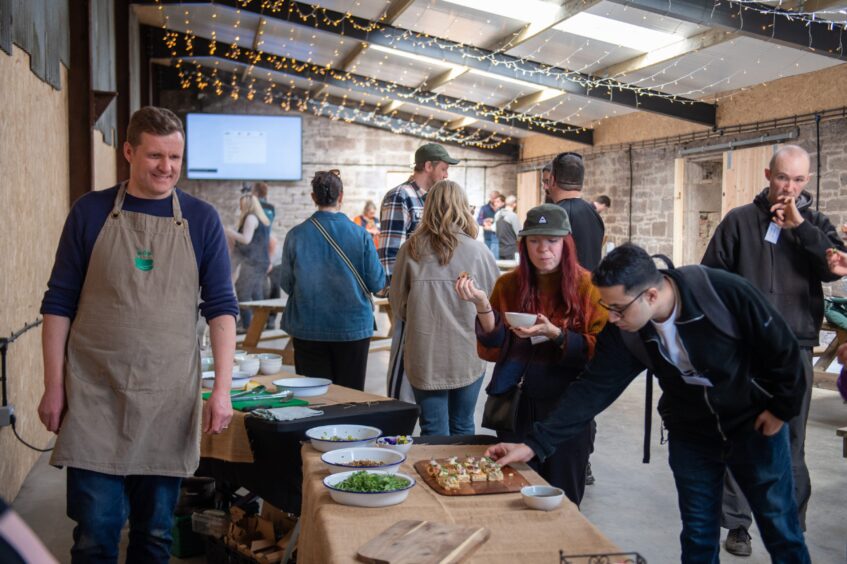
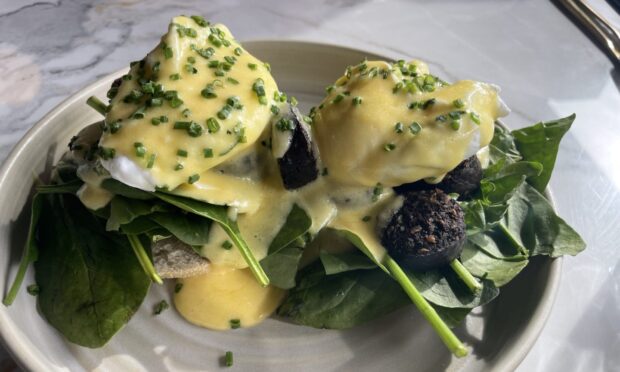
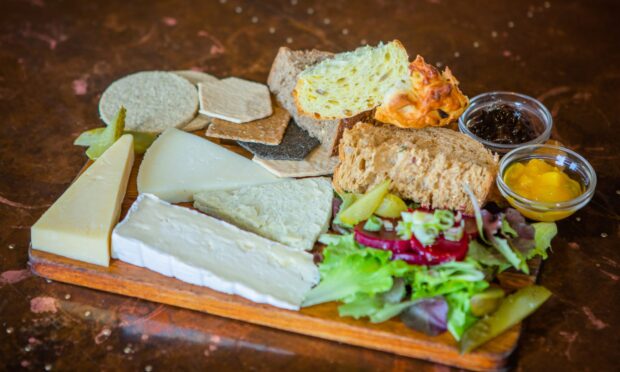


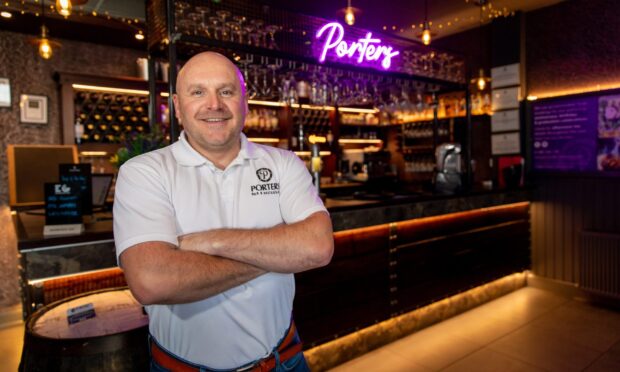
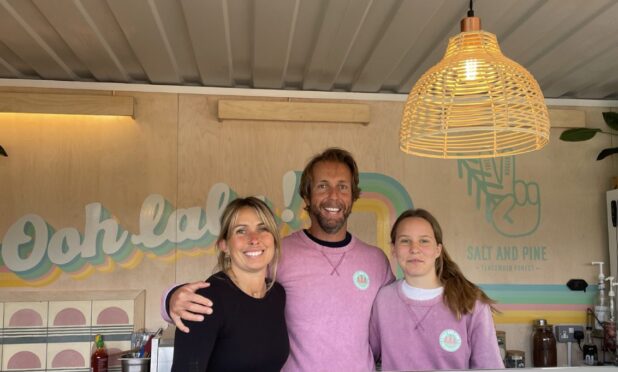


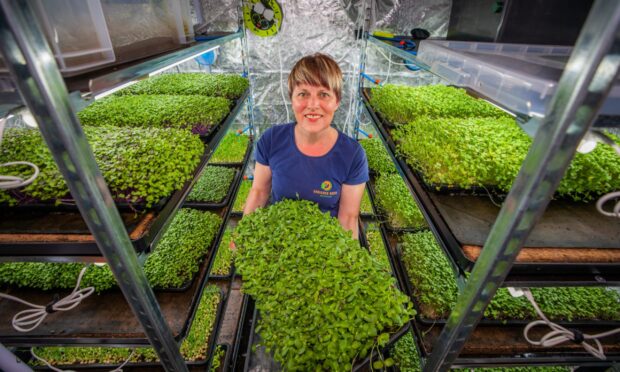

Conversation